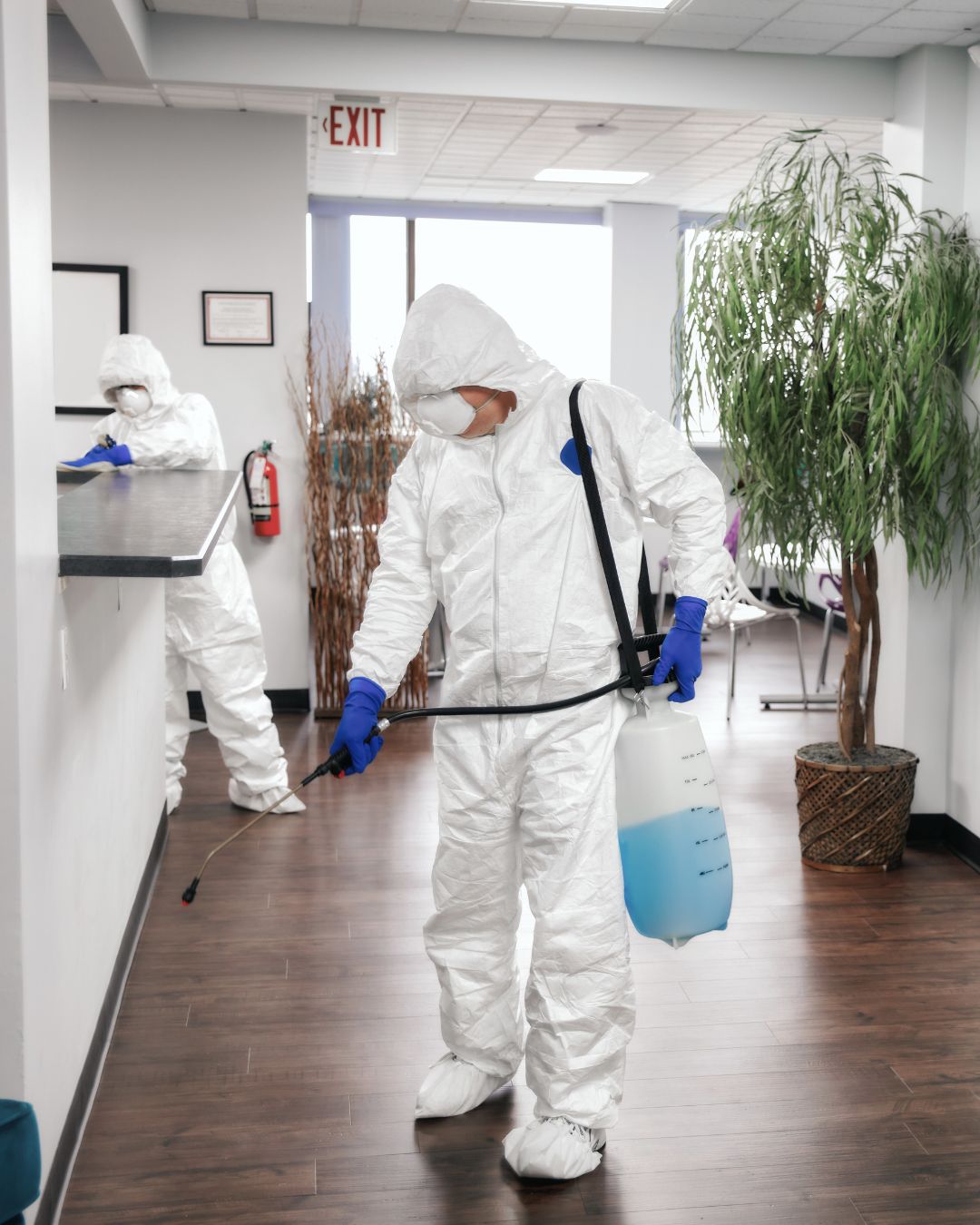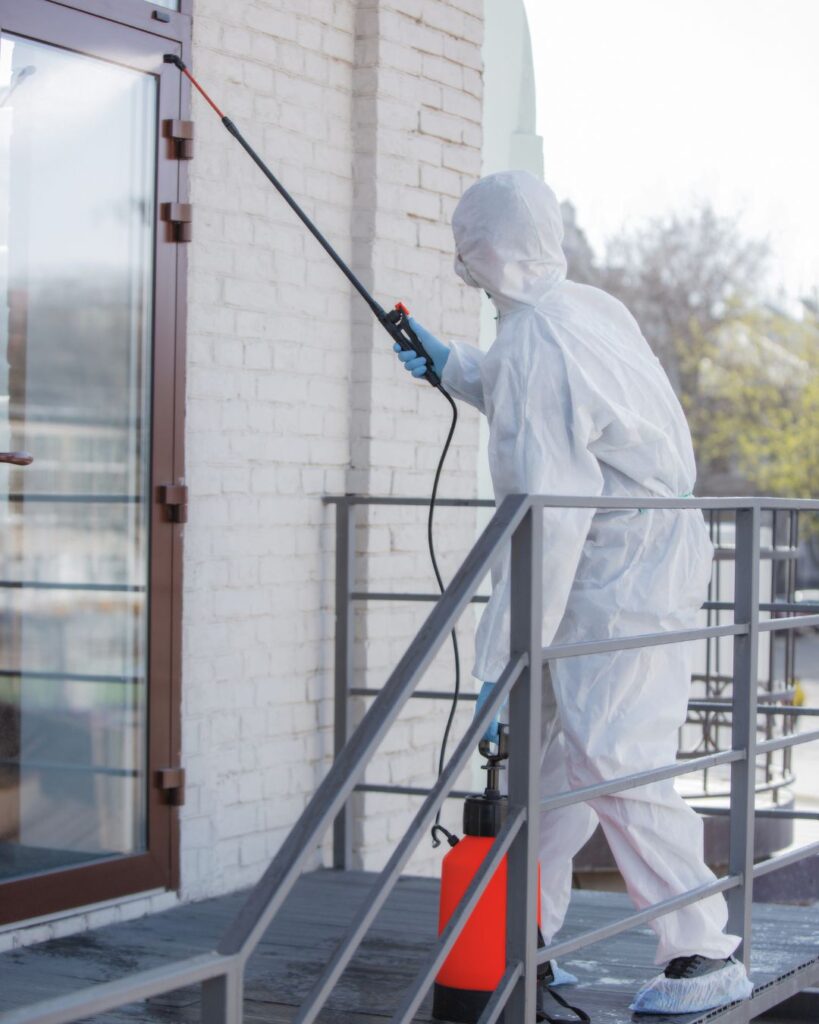You Deserve the Best Mold, Water, Blood, and Hoarding Cleanup Services
Our Services Restore Homes to a Clean, Safe Condition
Comprehensive removal, disposal, and remediation of a range of unexpected situations. Mold, biohazards, hoarding, water damage, and more are all managed professionally and with compassion to get your damaged house or property back to its original condition.
PureOne Services:
- Mold Removal
- Hoarding Cleanup
- Blood/ Trauma Cleanup
- Water Damage Restoration
- Fire Damage Restoration
- Rodent/ Biohazard Cleaning
- Crime Scene Services
- Covid 19 Cleaning
- Odor Removal and Cleaning

Reliable Covid-19 Cleaning Service Partner
No community or region could have anticipated the sudden onset of the coronavirus pandemic. At PureOne, we prioritize the health and safety of individuals through our comprehensive COVID-19 cleaning services. Our team is trained in the latest disinfection protocols to ensure a hygienic environment. You can trust us to help maintain a safer space for your family and employees.
PureOne offers the highest level of COVID-19 cleaning, creating a safe environment for living and working. Our experienced staff utilizes modern disinfecting techniques to sanitize every surface thoroughly. Maintaining a clean environment is essential, especially in challenging times.
Our commitment to quality and customer satisfaction guarantees that we provide a COVID-19 disinfection service tailored to your needs. Rely on us to create safe and healthy spaces where individuals can thrive at home and work.
Service Overview
Our team prioritizes your health and the environment by utilizing eco-friendly disinfectants. Our products are effective against the pandemic while being gentle on surfaces. Our disinfecting services are performed by skilled professionals who employ advanced techniques to eradicate harmful pathogens in your home.
- Whether it’s a home, restaurant, office, or commercial space, we provide top-notch COVID-19 cleaning services. Our proven strategies allow us to get to work efficiently so you can return to your routine without interruption.
- Our professional disinfecting and cleaning services ensure that your living spaces are treated with EPA-approved products. Our comprehensive COVID-19 cleaning services include a deep cleaning all areas of your premises, focusing on high-touch surfaces.
- Our precautionary cleaning service can disinfect your facilities, even if you have not experienced any exposure issues. Our goal is to eliminate harmful pathogens from your home or business environment.
- We employ electrostatic disinfecting technology, which ensures an even layer of disinfectant covers all treatment areas, including hard-to-reach spots.
- We also offer scheduled cleaning service solutions tailored to your needs and specific concerns.

Locations We Serve
Select your location to learn more about the services available near you, or get a free quote today.
Real Stories, Real Satisfaction

Kirsten Banks

Demi

Jasmine K Mack

michael rhody

Susan Perdue

Lawrence Ellis

Laura Toney

Susan Miner Wright

Dorothy Mickwee
Frequently Asked Question for Covid 19 Cleaning Service
EXCELLENTTrustindex verifies that the original source of the review is Google. My basement was moldy smelling and I called PureOne. Pat came right over and sprayed a natural spray to clean basement and a big machine that is called an air scrubber and he checked for mold. Great service and just what I needed to have peace of mind !!Honest people and will make sure you are happy and satisfied customer. Amazing customer service !!Trustindex verifies that the original source of the review is Google. This company was quick to respond and very fair and reasonable I highly recommend this company's services.Trustindex verifies that the original source of the review is Google. We had mold in our rental property bathroom due to no fan being installed in the bathroom. They came out and inspected everything, kept me updated every step of the way, and is working to ensure this issue never happens again. I cannot recommend this company enough!Trustindex verifies that the original source of the review is Google. PureOne was routed to me via a third party site and I'm so happy they were! Patrick was professional, responsive, and honest in his assessment of my problem. He made me feel comfortable (after I scared myself Googling my problem) and he explained things in a way that I could easily understand. I highly recommend him!Trustindex verifies that the original source of the review is Google. Will definitely recommend Pat and his team to anyone! They truly go above and beyond for their customers. My husband and I learned a lot dealing with our mold issue. Thank y'all again.Trustindex verifies that the original source of the review is Google. After a home inspection, we contacted PureOne to evaluate a potential problem for us. This company provides a quick response and great customer service. Will definitely use again if the need arises, and would highly recommend.Trustindex verifies that the original source of the review is Google. Patrick was incredibly quick to respond to my call, arrived on time with clear communication, was highly professional and personable, and wasn't a pushy salesman in the least. Ultimately the solution to my problem is DIY-able and Patrick gave me all the product and process advice he had and didn't push me to spend a dime with him or his business before attempting to address the issue myself. I paid $0 for an incredible amount of value in information and reassurance from Patrick. I hope I don't need to call him back but you can guarantee I will refer anyone and everyone I can to Patrick with confidence and would certainly call him first if I needed to. This is how you run a customer-care first company. Nice chatting with you Patrick, thanks again!Trustindex verifies that the original source of the review is Google. Can’t speak highly enough about Patrick and his team. I called Patrick on the Tuesday before Memorial Day after the crew demo-ing our bathroom found mold and had to halt our renovation. Patrick came out the next day, even though he was working a half day ahead of the holiday, to come out and evaluate the situation. He was thorough and straight forward with the extent of the problem. We had someone out the very next week and work was completed in a day, exactly as we were told. Communication and scheduling were great, and it was the best possible outcome to be 5 months pregnant and hysterical about finding mold in the only bathroom in your house. Price was also excellent. We had 2 other quotes for the exact same scope of work come in at $2800 ($700 above what we paid) and $5800 (!!). So also a great value. But even had it not been the least expensive, the customer service would have put him leaps and bounds over everyone else and we would have gone with him. Patrick is a retired detective, and you can really see that in his attention to detail going through a project. Although I hope we never have to use his services again, I would recommend him to anyone needing mold remediation.Trustindex verifies that the original source of the review is Google. Patrick came to our house and gave us a wonderful and professional experience. He explained what need to be done and since I had already washed down everthing he gave us some tips for other things. He also took the time out to tell some stories about himself, what a treat. Not many people will take the time to do that. So if you ever need service please call pureone service I highly recommend them. Who knows you might even get a story or two.Trustindex verifies that the original source of the review is Google. Pat Apoaon and his crew does an excellent job. Pat is not hands off and works closely on jobs to make sure it’s done perfect. Highly recommend. He did my crawl space and no issues.
PureOne Services: Committed to Integrity and Excellence in Every Cleaning and Remediation Service
Awards & Certifications

Clean and Restore Your Space: Get a Free Quote Now


